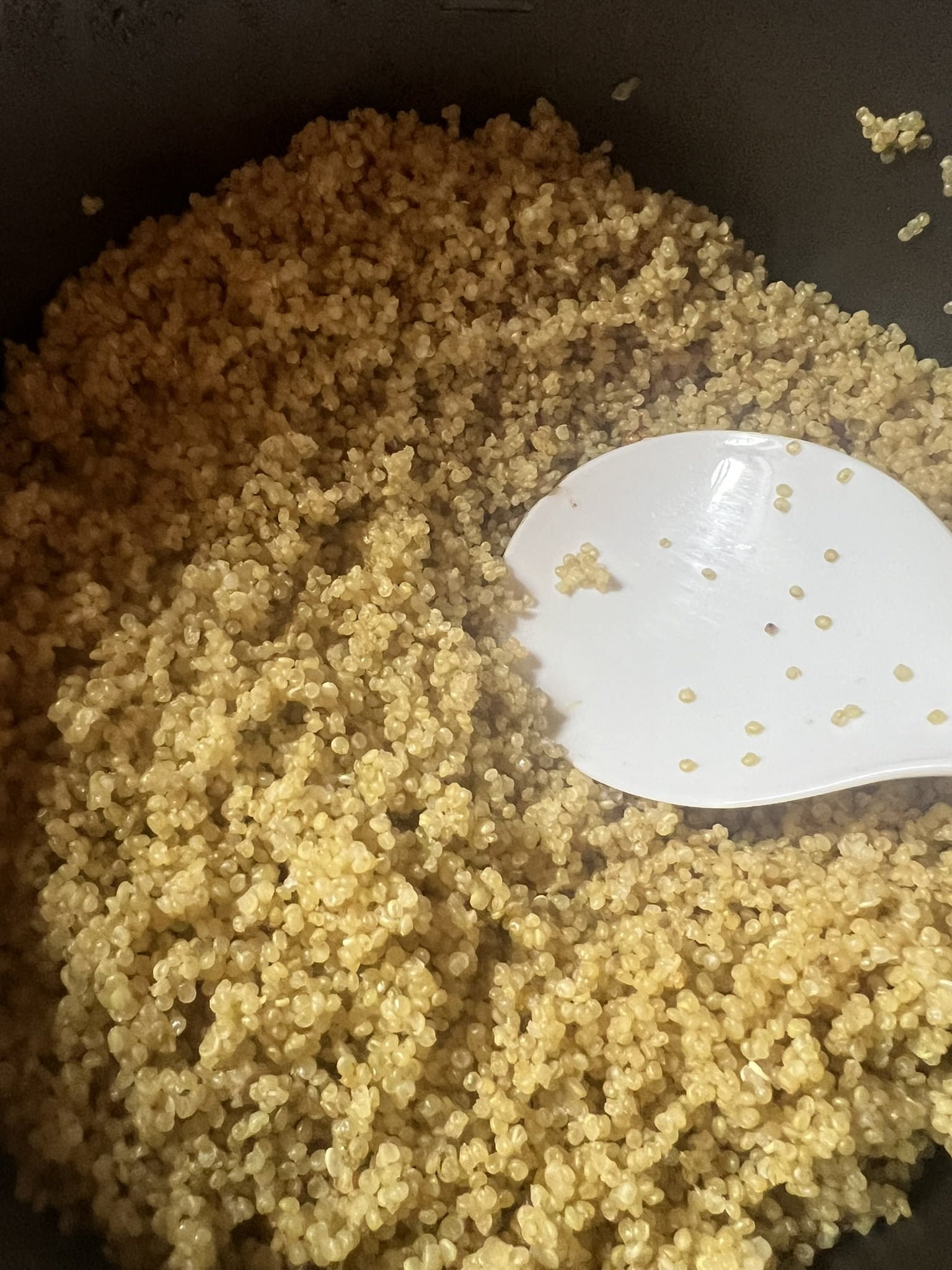Elevate Your Culinary Creations with These Pro Plating Tips
A dish’s flavor is paramount, but its presentation plays a pivotal role in the dining experience. Masterful plating can make an unforgettable first impression and promise the diner a meal that’s as delightful to the eyes as it is to the palate. Here are detailed plating tips to help you turn every dish into a work of art.

Select the Ideal Plate
The plate is the canvas for your culinary creation. Opt for a plate size that gives your food ample room without looking sparse. The color of the plate is also crucial; a stark white plate can act as a striking contrast to vibrant foods, while a black or dark-hued plate can make lighter colored dishes stand out. Remember, the shape of the plate can also contribute to the aesthetic—round plates tend to provide a traditional look, whereas square or unconventional shapes can offer a modern twist.
Establish a Focal Point
Your plate should tell a story, with the main ingredient taking the center stage. This doesn’t mean it has to be in the geometric center of the plate, but rather placed in a way that leads the diner’s eye to it naturally. A good rule of thumb is to imagine your plate divided into sections like a clock and to place the focal point at either 3 o’clock or 9 o’clock for maximum impact.
Contrast Colors and Textures
Utilize ingredients with varying colors and textures to create an exciting and multi-dimensional presentation. Be mindful of the color wheel and use complementary colors to make your dish pop. Similarly, combining different textures—like crunchy, creamy, and tender—can add depth and interest to your presentation.
Master Negative Space
The empty space on your plate can be as powerful as the areas filled with food. Use negative space to create forms and shapes that lead the eye or frame your food in an appetizing way. This technique often involves leaving a border of the plate clean or spacing elements out in a thoughtful manner.
Garnish with Intent
Every element on the plate should have a purpose. Garnishes are no exception; they should enhance the taste as well as the look of the dish. Fresh herbs can add a splash of color and a hint of aroma, while a carefully placed citrus zest can suggest the flavors infused within the dish. Be careful not to over-garnish, as this can overwhelm the main components.
Find Composition and Symmetry
The way you arrange the elements on your plate can create a balanced look that is aesthetically pleasing. Odd numbers of components can often look more natural and appealing than even numbers. Try grouping ingredients in threes or fives and experiment with symmetry and asymmetry to find a composition that’s pleasing to the eye.
Sauce Artfully
Sauces are not only a flavor enhancer but also a visual one. Employ different techniques like the classic swoosh with a spoon, or create dots and lines using squeeze bottles. The key is to integrate the sauce into the dish as if it’s a seamless part of the presentation, not merely a side note.
Height Creates Drama
Building height on your plate draws the eye upward and adds an element of sophistication. This can be done by stacking ingredients, using molds to shape rice or mashed potatoes, or even leaning components against one another. Height can make a dish feel more substantial and luxurious.
Mind the Temperature
The temperature at which you serve your dish can have a big impact on both the flavor and visual appeal. A chilled plate can cause condensation and ruin your presentation, while a warm plate can keep food from cooling too quickly. Make sure your plates are prepped appropriately before you begin plating.
Perfect with Practice
The art of plating requires patience and practice. Don’t be afraid to try new techniques or to mimic the plating styles of chefs you admire. Practice plating the same dish multiple times and experiment with different styles to see what works best for the food and for your personal aesthetic.
By meticulously choosing your plate, thoughtfully arranging your ingredients, and adding final touches of garnish and sauce, you can elevate the dining experience to new heights. Whether you’re plating a simple weeknight meal or a five-course feast, these plating tips will help you achieve a presentation that is as pleasing to the eye as it is to the palate.
The difference between a good dish and a great one often lies in the details. By applying these plating tips, you’ll not only refine the look of your cuisine but also enhance the dining experience. Remember, plating tips aren’t just rules to follow; they are the creative outlines that allow you to present your culinary masterpieces with confidence. Whether you’re an aspiring chef or a passionate home cook, keeping these plating tips in mind can transform a humble meal into a gastronomic delight. Every time you plate, consider these plating tips as your roadmap to a visually stunning and palate-pleasing dish that’s sure to impress.
Now that you’re a plating pro, follow one of our recipes and send us the results!




Leave a Reply